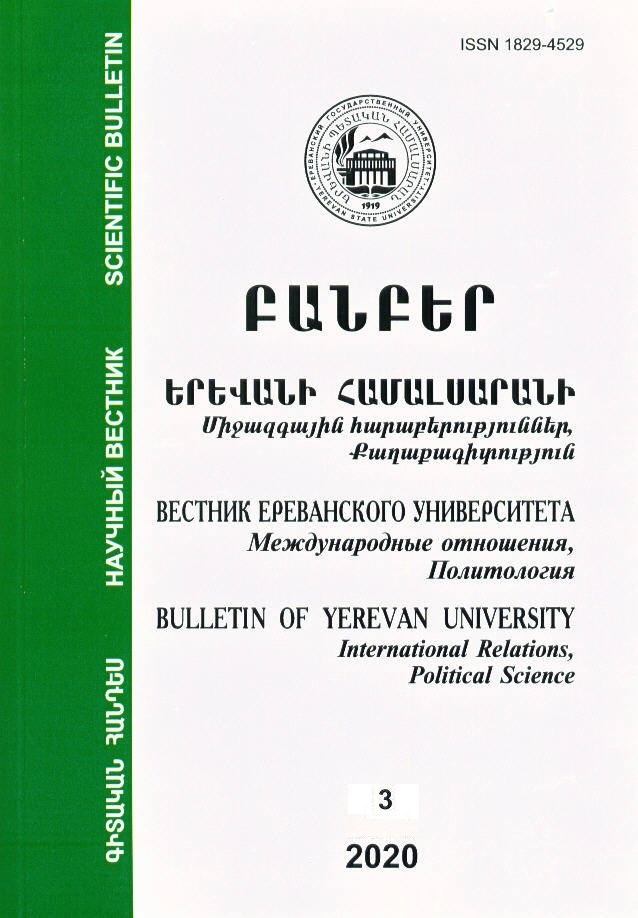Azerbaijan. Road to Genocidogenic Culture
Keywords:
Caucasian Tatars, Armenian-Tatar clashes, genocidal behavior, Stalin's project to build Azerbaijani nation, perestroika and glasnost, project of dismantling the USSR, Genocide of Azerbaijani-ArmeniansAbstract
The article on the example of the Republic of Azerbaijan (AR) considers the role of external impulses in the development of hate intolerance and aggressive nationalism. The history of the genocidal behavior of AR dates back to the 19th century when the Caucasus passed from Persia to the Russian Empire. In order to remove the region from the political influence of Persia (deiranization), the empire united the mixed tribes that penetrated from Persia, gave them the ethnonym of the Caucasian Tatars, and provided them with wide privileges. The privileges granted to this orthodox community, which has been deprived of ethnic identity, have built the most permissive behavior in relations with the natives. The Empire 1905-1907 used it to punish Armenians actively involved in political movements. 1918 The Caucasian Tatars took part in the Armenian massacres committed by the Ottoman Turks who entered the region. Permissiveness towards Armenians, acquired under the conditions of the Russian Empire, grew into a deliberate genocidal behavior. 1920-1921 the Bolsheviks, who entered into a deal with the Kemalist Turks, encouraged this behavior by forcibly alienating Nakhichevan and Nagorno-Karabakh from the Arm. SSR in favor of Az. SSR. Stalin's plan to build a new Azerbaijani nation in the 1930s was aimed at halting the final Turkification of Caucasian Tatars by assimilating them to non-Turkish indigenous Islamic peoples. However, pro-Turkish figures trapped in state structures turned the program into a program of forcible Turkification of non-Turkish peoples, looting of their history and culture, and expulsion of Armenians from the republic. The publicity policy announced by Gorbachev, the new leader of the Communist Party of the USSR in 1985, seemed to pave the way for the restoration of justice and the reunification of the Nagorno-Karabakh Republic with the Armenian SSR. However, Moscow described the NKAO regional council's request as "extreme" and addressed the solution to the crowd of Azerbaijanis. The genocide of Armenians of Azerbaijan began with the Sumgait massacre. The Gorbachev Center could have prevented these atrocities. However, subsequent events showed that Gorbachev needed that conflict to dismantle the USSR according to the Soviet republics. The West agreed with him on the issue, refraining from calling it a genocide. He feared recognizing a state that had declared itself a genocidal state after the collapse of the Soviet Union. Ignoring the genocide of one of the founding peoples of the Republic of Azerbaijan, he recognized the RA in 1992 within the borders of Az. SSR. It was a genocide encouragement. AR has become a center for the export of aggressive nationalism and genocidal behavior today. There is the contribution of foreign players in it. Their responsibility for instilling a genocidal culture in the Eastern Transcaucasia has not yet been systematically studied.

